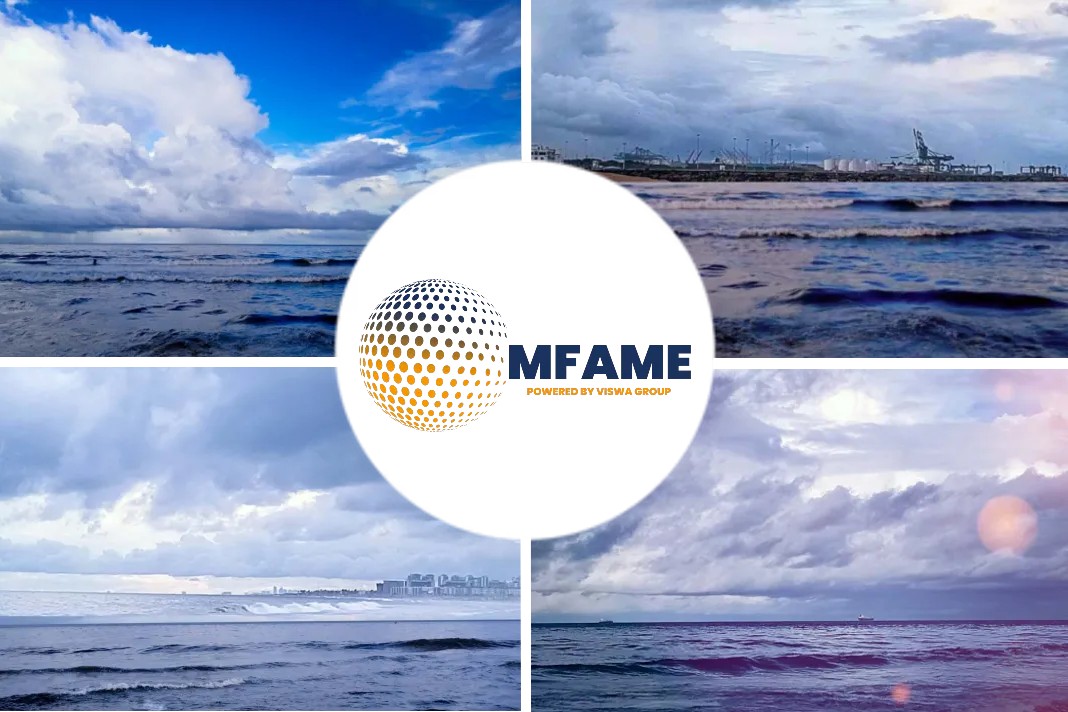According to Drewry, the demand to ship food across the ocean has doubled than the usual, which has set a new pace in one of the shipping industry’s hottest markets, the cold boxes, says a report published in WSJ.
Reason
The reason it is twofold: Refrigerated containers known as “reefers” can keep food fresh for more than a month, allowing distributors to safely send everything from orange juice to lobsters around the world. In the past, those trips were mostly reserved for bananas because only major distributors like Chiquita Brands International Inc. could afford to hire cargo ships with large refrigerated spaces.
Meanwhile, the growing affluence of the global population, especially in Asia, has boosted demand for more-expensive foods.
“For the growing middle class, basic food like rice is no longer enough,” said Eric Legros, head of reefer operations at French shipping giant CMA CGM. “They want their fruit, vegetables and fresh meat, and that’s pushing the industry to move more and more products under cold management.”
Refrigerated boxes make up 7% of total container volumes, but demand increased by 5% to 6% annually over the past five years, compared with 2% to 3% for regular containers that move almost all of the world’s manufactured goods, according to Drewry.
Containers including reefers move about $4 trillion worth of cargo annually.
Reefer’s trade
Stijn Rubens, a senior supply-chain consultant at Drewry, said fresh produce sailings are showing steady growth, but the market is also supported by relatively new products like orange juice, pharmaceuticals, vaping supplies and candy.
The main reefer trade is from the Southern Hemisphere to the north. Exporters in places like South America, South Africa, Australia and New Zealand move fresh produce to supplement demand in the north during the winter months. The U.S. and Canada are also exporters of vegetables, citrus and other fruit along with meat and seafood, mainly to Asia.
“Ten years ago, you could find strawberries in Denmark for only three months a year. Now, it’s year-round, thanks to reefers, and everyone from the smallest to the biggest shippers can join the supply chain,” said Anne-Sophie Zerlang Karlsen, head of reefer management at Danish operator Maersk Line, the world’s largest shipping company.
One of the smaller customers, Peru’s Sun Fruits Packs SA, last year shipped 700 reefers of grapes to Philadelphia and 220 containers of avocados to Spain and the Netherlands.
“Reefers are absolutely vital to our business,” said Walter Munoz, a Sun Fruits executive. “We can now ship even a single container of fruits to Europe and the U.S. at prices of up to 50% higher than if we sold them to local markets in South America.”
It takes as long as 18 days to ship grapes from Peru to Philadelphia. The fruit “is put to sleep” in a controlled atmosphere that delays the ripening process before it’s distributed to supermarkets across the East Coast.
Until the late 1990s, fresh produce was shipped on break bulk ships—general cargo vessels with big refrigerated spaces—from the production site to a single destination.
Cargoes were usually limited to bananas, with the ships being operated by major distributors like Chiquita. Smaller producers that couldn’t afford to hire such vessels confined themselves to local markets.
Chiquita is gradually shrinking its “Great White Fleet”—ships painted white to prevent the bananas from overheating—and switching to reefers. Earlier this year, it chartered container vessels and ordered 2,500 reefers from Maersk that monitor the atmosphere inside the container and control the amount of carbon dioxide, oxygen and nitrogen to prevent early ripening. Shippers have live visibility of the cargo through satellite tracking.
Benefits for the Shippers
“Reefers helped us build consistency with regular scheduled sailings year round, versus deploying three chartered vessels with apples out of Washington [state] in December and January,” said Tim Clarke, vice president of global sales at Issaquah, Wash.-based Vanguard International Group.
Vanguard ships about 9,000 containers of fruits likes apples, pears, cherries and citrus from farms in the U.S., New Zealand, South Africa and Chile to Asian markets.
Apart from being able to ship to countries around the world, shippers also benefit from low container freight rates from a glut of ships in the water.
Maersk and CMA CGM are looking to expand their business by adding new products that are now moved by air.
“Fresh cut flowers like roses are a big market. We are looking into ways to slow down the blooming,” Maersk’s Ms. Karlsen said.
CMA CGM is breaking into the transport of live lobsters, albeit in small numbers from Canada to Europe. Only 1% of live lobsters are being shipped in reefers.
In the reefer, a filtration system replicates ocean temperatures, oxygen levels and water quality to transport the lobsters.
“We are charging the same price as airfreight, but there is zero mortality rate,” Mr. Legros said. “And the flown lobsters stress out and release ammonia, which you sometimes taste.”
Did you subscribe for our daily newsletter?
It’s Free! Click here to Subscribe!
Source: WSJ






















